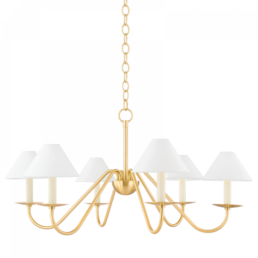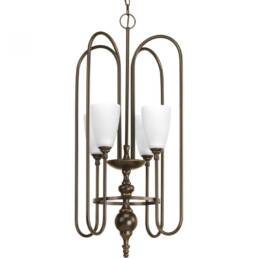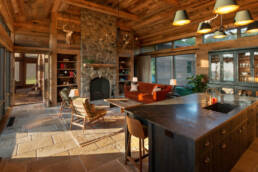Classical Revival Lighting Style: Timeless Elegance Illuminated
The Classical Revival lighting style represents a timeless and elegant approach to interior design, drawing inspiration from the grandeur and architectural splendor of ancient Greece and Rome. This lighting style, popularized during the late 18th and early 19th centuries, embraces classical motifs and forms while incorporating modern technologies and materials. This article explores the characteristics, history, and enduring appeal of Classical Revival lighting, shedding light on its significance in interior design.
Historical Background: The Classical Revival style emerged during the neoclassical movement, a period characterized by a renewed interest in the art and architecture of ancient civilizations. This movement, which gained momentum in Europe and the United States in the late 18th century, sought to emulate the elegance and harmony found in classical Greek and Roman designs. As part of this revival, lighting fixtures were crafted to evoke the grandeur and sophistication of antiquity.
Characteristics of Classical Revival Lighting:
- Symmetry and Balance: Classical Revival lighting embraces a symmetrical design approach, often featuring balanced compositions with matching or mirrored elements. This reflects the classical ideals of harmony and proportion.
- Architectural Elements: Lighting fixtures in this style incorporate architectural motifs such as columns, pediments, and friezes, reminiscent of classical buildings. These elements add a sense of grandeur and refinement to the overall design.
- Ornamentation: Elaborate ornamentation, including intricate carvings, acanthus leaves, and decorative scrolls, is a hallmark of Classical Revival lighting. These decorative details further enhance the elegance and visual interest of the fixtures.
- Material Selection: Classical Revival lighting fixtures are typically crafted from high-quality materials such as bronze, brass, and crystal. These materials lend a sense of luxury and durability to the fixtures, while also allowing for intricate detailing.
- Timeless Colors: The color palette of Classical Revival lighting is often inspired by ancient marbles, featuring shades of white, cream, gold, and muted pastels. These colors evoke a sense of understated elegance and serve as a neutral backdrop for the overall design scheme.
Popular Types of Classical Revival Lighting:
- Chandeliers: Grand and elaborate chandeliers are synonymous with the Classical Revival style. These statement pieces often feature multiple tiers, intricate metalwork, and crystal or glass accents, creating a focal point in any space.
- Sconces: Wall sconces in the Classical Revival style are characterized by their symmetrical design, with ornate backplates and candle-like fixtures. They provide both functional and decorative lighting, adding a touch of elegance to hallways, entryways, and dining rooms.
- Table Lamps: Classical Revival table lamps feature sculptural bases, often adorned with intricate detailing. They are frequently topped with pleated fabric or tassel-trimmed shades, providing ambient lighting and adding a touch of sophistication to bedside tables and living room consoles.
- Floor Lamps: Floor lamps in the Classical Revival style are tall and stately, featuring slender columns and decorative bases. They often incorporate torchiere-style shades, casting a soft, diffused light upwards and creating an inviting ambiance.
Enduring Appeal of Classical Revival Lighting: The enduring appeal of Classical Revival lighting lies in its ability to bring a sense of timeless elegance to any interior. The combination of classical motifs and modern craftsmanship allows these fixtures to seamlessly blend with a variety of design styles, from traditional to transitional and even contemporary spaces. Classical Revival lighting serves as a focal point, commanding attention and adding a touch of sophistication to rooms, whether it’s a grand ballroom, a formal dining room, or a luxurious bedroom.
Furthermore, the timeless nature of Classical Revival lighting ensures its relevance across generations. As trends come and go, the enduring beauty of these fixtures remains constant, making them a valuable investment for homeowners and interior designers alike. The craftsmanship and attention to detail associated with Classical Revival lighting create heirloom-quality pieces that can be cherished and passed down through generations.
Conclusion: The Classical Revival lighting style embodies the elegance and architectural splendor of ancient Greece and Rome, offering a timeless approach to interior design. With its emphasis on symmetry, ornate detailing, and quality craftsmanship, Classical Revival lighting fixtures add a touch of grandeur and sophistication to any space. As a style that transcends time and trends, Classical Revival lighting continues to illuminate and inspire, allowing us to appreciate the enduring beauty of classical aesthetics in a contemporary context.












